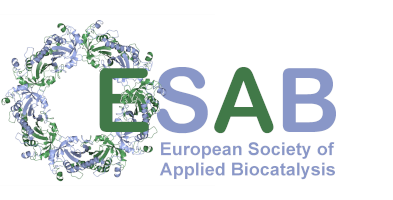H2-dependent recycling of NADH and reduction of carboxylic acid by tungsten aldehyde oxidoreductase
Abstract
Maciej Szaleniec / Jerzy Haber Institute of Catalysis and Surface Chemistry Polish Academy of Science, Kraków, Poland
Agnieszka Winiarska / Jerzy Haber Institute of Catalysis and Surface Chemistry Polish Academy of Science, Kraków, Poland
Johann Heider / Faculty of Biology, University of Marburg, Germany, Marburg, Germany
Jan Schuller / SYNMIKRO Research Center and Department of Chemistry, University of Marburg, Marburg, Germany, Marburg, Germany
Topic: Biocatalysis and Sustainable Chemistry
The W-dependent aldehyde oxidoreductase from the facultative anaerobic, denitrifying bacterium Aromatoleum aromaticum (AORAa) catalyses the oxidation of aldehydes to carboxylic acids and the respective reverse reaction. Recently, we have proven, that AORAa can accept hydrogen as an electron donor for the reduction of either carboxylic acids or NAD+, which can be used to produce valuable aldehydes or to recycle NADH in biochemical cascade reactions. Furthermore, the enzyme can be employed in both roles powering both steps of the cascade (Fig. 1).
In this presentation, we will show how the enzyme can be employed for the sustainable recycling of NADH as well as for the synthesis of aldehydes which can be further transformed in cascade systems.
We will also provide details AORAa structure established with Cryo-EM single particle analysis, which resulted in a 3D reconstruction of the complex with an overall resolution of 3.4 Å.
